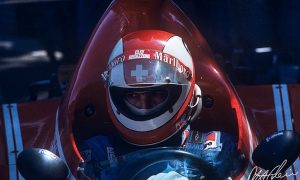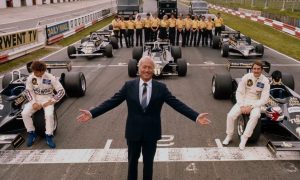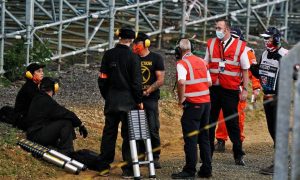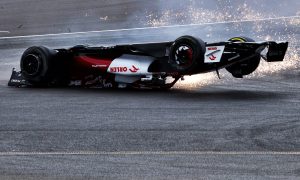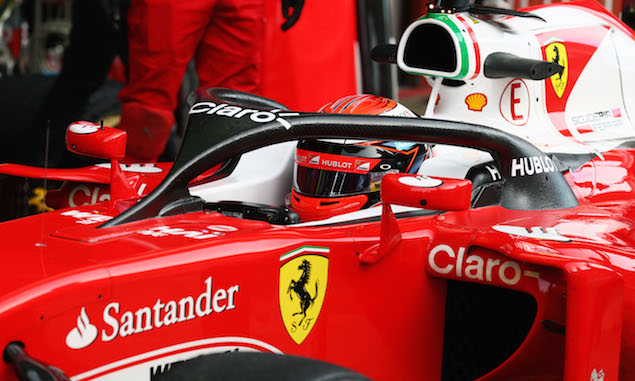
New Renault F1 driver Jolyon Palmer has questioned the need for the new 'Halo' system designed to protect drivers' exposed heads from flying debris in the event of an accident during a Grand Prix.
Ferrari's Sebastian Vettel was the first driver to try out a prortype Halo this week during pre-season testing at Barcelona, and its appearance prompted a markedly split reaction from the paddock.
"The safety improvement is obviously there," said Palmer, who was careful in his thoughts and less vociferous than some drivers have been this week, while still questioning whether the Halo was the right way forward.
"Overall I think it's important in Formula One to - I like the open cockpits, the tradition of it. I think it's nice that fans can see the drivers working.
"I think the Halo covers it up a lot more and it's much more like sports car basically, which is not good.
"When you watch football you can see the players; we've got a helmet on but at least you can see the driver and their identity, so that's not good."
Development of the protective Halo was prompted by the death of Jules Bianchi from a serious head injury sustained at the 2014 Japanese Grand Prix.
The initiative was given added impetus by the death of former Formula One driver Justin Wilson in an accident during an IndyCar race at Pocono Raceway last August, when Wilson was struck on the head by debris from a separate accident taking place ahead of him.
"In IndyCar I think it's more relevant because you have really high speeds and no run-off so when someone hits the wall the debris has no where to go apart from either into the crowd or onto the track," Palmer explained.
"There's much higher chance of something happening which is where the Halo would be effective." But that's not the case in Formula One, Palmer pointed out.
"The tracks we've got at the moment the run-offs are absolutely huge so the debris doesn't really come back into the way of the oncoming cars. Or Monaco, where the speeds are much lower and the debris doesn't fly off too far anyway."
IndyCar is already looking into solutions to protect drivers from head injuries, especially in high-speed oval events. While not under the jurisdiction of the FIA, the US open wheel series usually adopts many of the same safety standards mandated for Formula One and related events around the world.
FULL REPORT: Vettel ensures Ferrari ends testing on top
Keep up to date with all the F1 news via Facebook and Twitter



